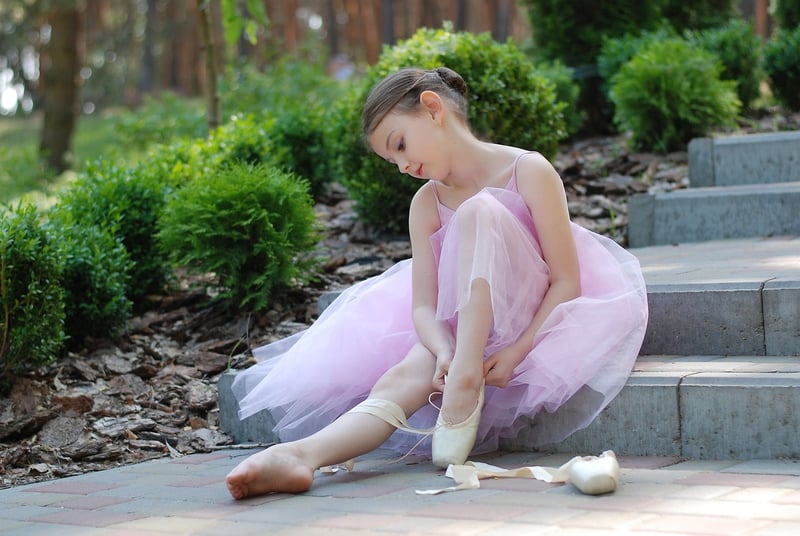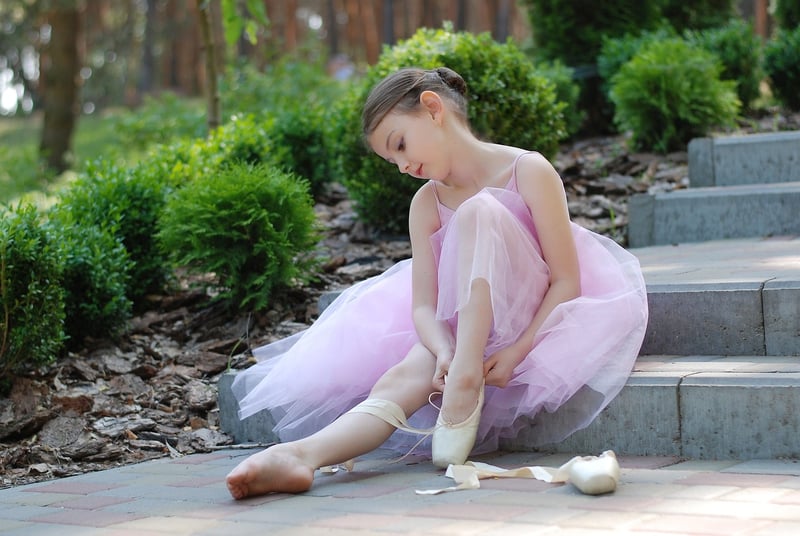Improvisational Movement
Exploring Artistic Expression Through Movement
Artistic expression knows no bounds. It can manifest in various forms, one of which is through movement. Movement art, also known as dance or choreography, allows individuals to convey emotions, stories, and ideas through physical expression. One captivating aspect of movement art is improvisation, which adds a unique and spontaneous element to the performance.
The Power of Movement Art
Movement art is a powerful medium that enables individuals to communicate without words. Through the fluidity of movements, dancers can evoke feelings of joy, sorrow, passion, or tranquility. Each gesture, each step, is a brushstroke on the canvas of space, creating a visual poem that captivates audiences and stirs their emotions.

Improvisational Movement
Improvisation in movement art is like jazz in the world of music – spontaneous, creative, and full of surprises. It allows dancers to break free from set choreography and explore the depths of their creativity in the moment. Improvisational movement challenges performers to trust their instincts, embrace uncertainty, and surrender to the flow of movement.
Benefits of Improvisation
- Creativity: Improvisation fosters creativity by encouraging dancers to explore new movements and combinations.
- Expression: It enables dancers to express themselves authentically and connect with their emotions on a deeper level.
- Adaptability: Improvisational skills help dancers adapt to unexpected situations and think on their feet.
- Collaboration: It promotes collaboration among dancers as they respond and react to each other's movements in real-time.

Embracing the Art of Movement
Whether through carefully crafted choreography or spontaneous improvisation, movement art offers a unique and captivating way to express oneself. By embracing the art of movement, dancers can unleash their creativity, connect with their emotions, and communicate with audiences on a profound level.
So next time you watch a dance performance or feel the urge to move to the rhythm of music, remember the beauty and power of artistic expression through movement.
